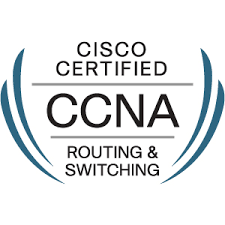Interconnecting Cisco Networking Devices Part 2(ICND2) V3.0
The Interconnecting Cisco Networking Devices, Part 2 (CICND2) v3.0 course provides entry-level network administrators, network support, and help desk technicians with the knowledge and skills needed to install, configure, operate, and troubleshoot a small enterprise network. ICND2 v3.0 will ensure that students understand and are ready to deploy the latest shifts in technologies and solutions as follows: • understanding of Quality of Service (QoS) elements and their applicability • how virtualized and cloud services will interact and impact enterprise networks • an overview of network programmability and the related controller types and tools that are available to support software defined network architectures A full suite of labs have been developed using the virtual IOS environment with flexible topologies that reinforce concepts with hands-on, guided discovery and challenge labs that align to each lesson module
